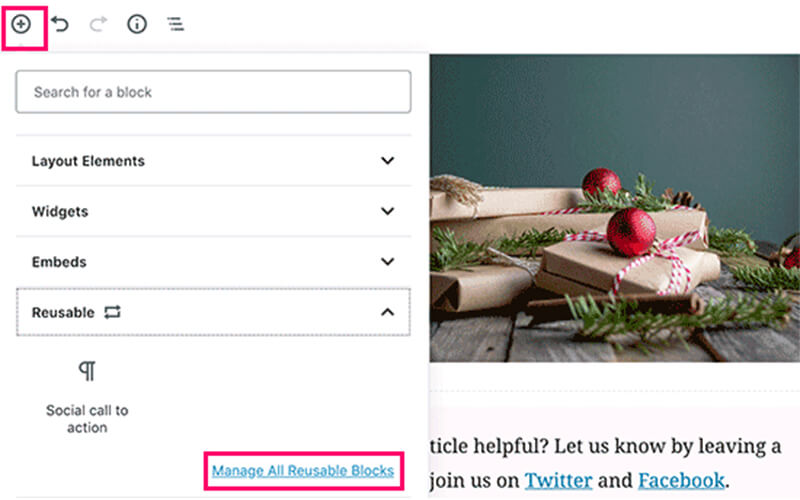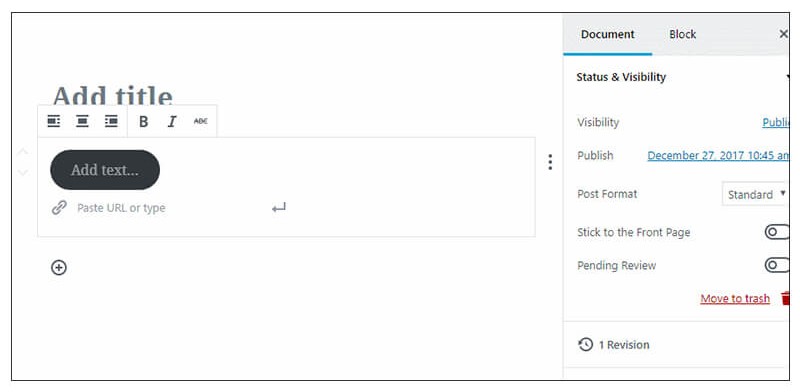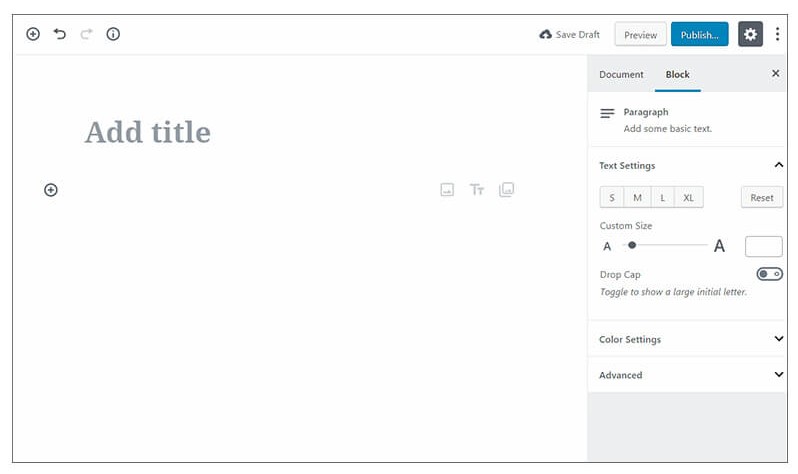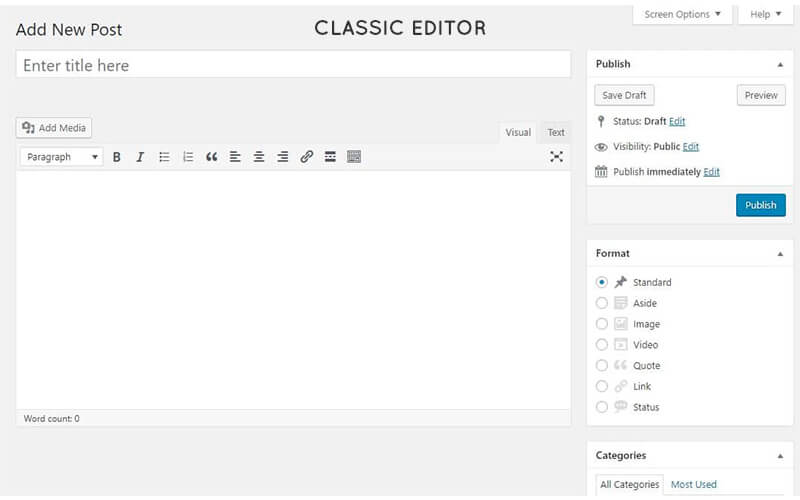You must have the estimation of the return on investment (ROI) when launching a mobile app development and, the end product aims at adding to revenue of your business. Estimating ROI becomes more important when yours is a free app. And will serve a completely unfamiliar domain where not many successful examples exist.
In fact, the future success of a mobile app entirely depends on its ROI. There are many examples showing that apps are rolled back even before their first anniversary. One of the key reasons leading such decision is no or insufficient ROI generated by apps.
A smart approach to mobile app development is one that first includes the estimation of ROI clearly exhibiting whether the app would be able to generate enough revenue or not. Experts say that close to 65% of developers or app owners miss on hitting the right approach. And miserably fail with reaching the right revenue generation plan.

Experts also say that if developers or app owners calculate their mobile app development projects’ ROI by following 5 steps as a base.
Creating a Measurement Plan
The first thing that developers would need for creating an effective measurement plan is to consider implementing the app analytics. The key things to do include the planning to measure ROI, establishing performance and conversion trackers for different communication, and the app’s vending points. Also, start forming and implementing your ROI plans as early as possible because this provides a long stretch across all phases enabling to compare with performance and trends in better ways. Follow metrics to measure performance more accurately. In an e-commerce app, for example, create a measurement plan grounded on successful checkouts.
Google too has recommended steps for creating a measurement plan:
• Document business objectives.
• Recognize the strategies and tactics supporting objectives.
• Choose metrics basing KPIs.
• Decide how the data segment is needed.
• Choose targets for KPIs.
Calculating CLV
Measuring revenue of an app accurately also involves quantifying Customers Lifetime Value (CLV). It shows what you can expect to earn from users until they keep an app on their devices and use them. So, it’s based on how long a customer associated with an app contributes to increasing its ROI. To calculate this, the total amount of purchases made by customers on the app is added up.
The other way for calculating the total customer value is adding up the total sales attained from beginning to a specific date and dividing the amount by the total number of users the app currently has. In result, you will have an averages CLV value of all your users. Businesses already owning a website can estimate earning based on CLV for their mobile apps. It will help them effectively evaluate the role and impact of the planned app on increasing the lifetime value.
Make sure you measure some of your KPIs in dollars to make the task of CLV calculation simpler. Metrics used to track CLV are quite handier. It can also be used by subscription business for a long term forecasting. CLV will also help in concentrating on the efficiency of your business as you would be able to get more value per user.
Knowing the overall cost
When you are able to estimate the complete cost of your mobile app before you launch the development, you would be able to deal with various factors and propositions affecting the cost-benefits of an app. It also involves how much do you spend and will continue to spend to generate particular revenue. The spending calculated will vary from the needs of a business to others.

Analyzing cost also involves the primary cost of building an app and the operation & maintenance cost spent to curate, feed, update, and promote the app.
To calculate the cost, gauging and attribution tools can be used to reach more detailed and refined results. It’s a popular method among others available. It will help you make more effective ROI generation plan.
Understanding different users
To come up with the more reliable ROI calculation on your mobile application development, it’s essential that you segregate users on the basis of different incoming sources and varying consumptions patterns. Customers with previous purchasing history in your app visiting directly are more valuable than those being driven through Ads or social media platforms.

Customers, who have been using your website until recently, downloading your app are more promising than those who have connected you via the app just now. Mark these visitors separately to have a clearer estimation of ROI.
Putting matrix in action
Once you have metrics set to measure performance, they should be put into action now. Of course, you will soon feel the need for refinements, and you should do all changes to get those refinements and then gauge results out of metrics put in the action.

If you have multiple metrics in hand, keep tabs on how they perform relatively and then club results from all sources to reach a single, best decision. Apply A/B testing if you have one single metric to ensure that you are getting the maximum of it.





